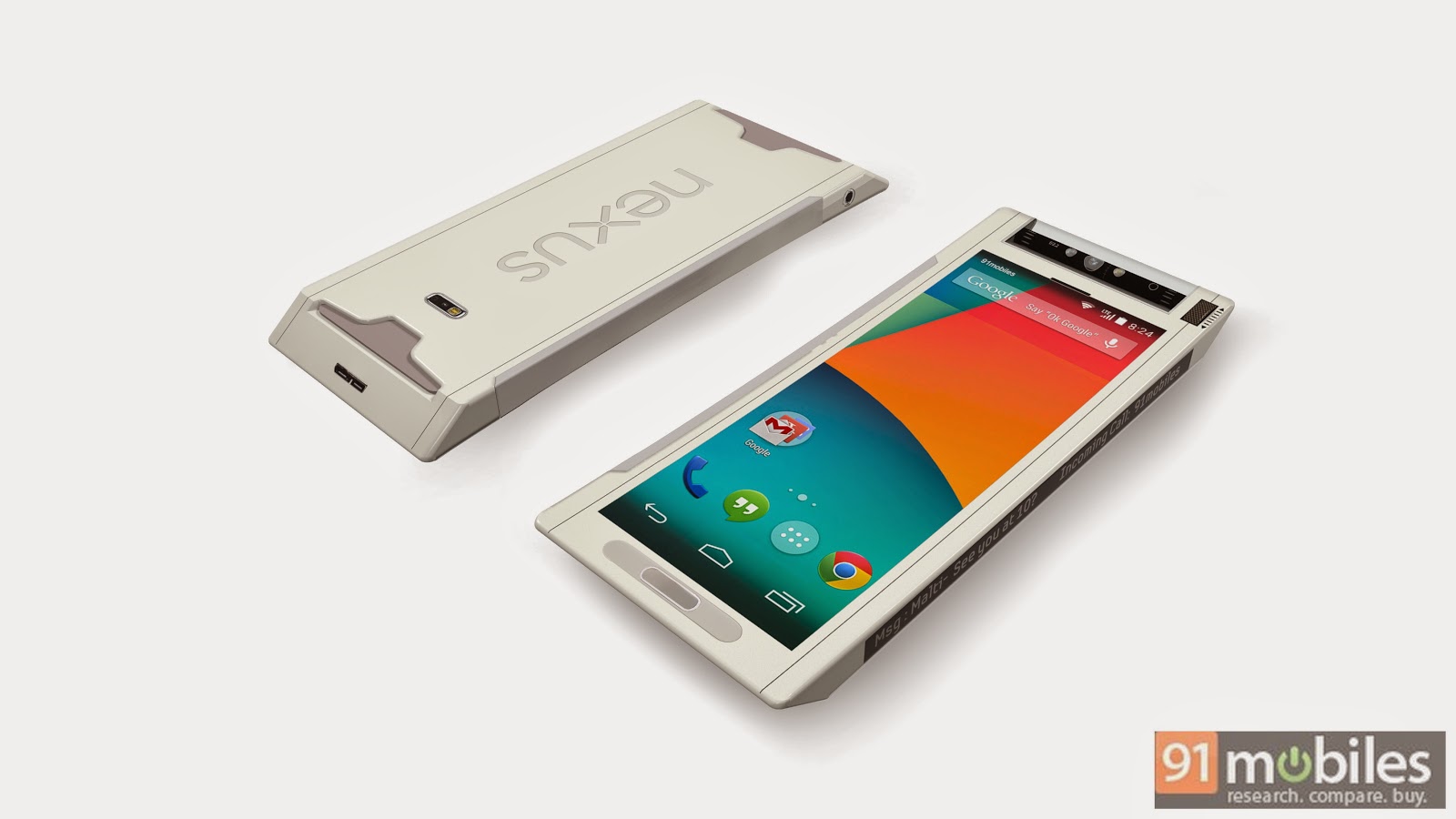We already
compared Google Pixel XL with Huawei Nexus 6P. In this post, Korean giant's flagship Samsung Galaxy S7 Edge is pitted against Google's latest offering.
Battery capacity
Google Pixel XL has a 3,450 mAh battery, while the Samsung Galaxy S7 Edge boasts a 3,600 mAh battery. Thus, the S7 Edge has around 4% larger battery capacity.
Charging interface
Pixel XL comes with the reversible USB Type-C port, while the S7 Edge sticks to the good old micro USB port.
Color options
Black and silver are the standard color options across both the devices. Apart from that, Pixel XL offers a new blue variant, while the S7 Edge also comes in gold.
Curved display
Pixel XL does not come with a curved display, but the S7 Edge boasts a curved screen at the front edges of the device, thus giving it a unique look.
Dimensions
Google Pixel XL is 154.7 mm in height, 75.7 mm in width and 7.3 mm in depth. Samsung Galaxy S7 Edge is 150.9 mm in height, 72.6 mm in width and 7.7 mm in depth. Thus, Pixel XL is around 3% taller and 4% wider in comparison.
External storage
Pixel XL does not have the option to expand its storage capacity by any means. S7 Edge, on the other hand, can widen the memory up to 256 gigs via a micro SD card.
Home button
Pixel XL comes with an on-screen Home button, while the S7 Edge has a physical off-screen button located below the display.
Internal storage options
Pixel XL has only 32 and 128 GB models. S7 Edge offers an additional 64 GB variant.
Mobile payments support
Pixel XL is Android Pay ready via NFC (Near Field Communication), while the S7 Edge is Samsung Pay compatible via both NFC and MST (Magnetic Secure Transmission).
Operating System
Pixel XL comes with Android 7 Nougat out-of-the-box. S7 Edge currently runs on TouchWiz UI based on Android 6 Marshmallow. The Korean giant already promises an update to Nougat, but the exact dates are not known.
Optical image stabilization
Google Pixel XL does not come with OIS, while the Samsung Galaxy S7 Edge has this feature.
Primary camera aperture
Pixel XL has a rear camera with an aperture of f/2.0 while the S7 Edge's primary camera has f/1.7 aperture size. Hence, more light is allowed to pass through in case of the Galaxy S7 Edge.
Processor
Pixel XL boasts of 64-bit Qualcomm Snapdragon 821 quad-core chipset clocked at 2.15 GHz. S7 Edge runs on Qualcomm Snapdragon 820 quad-core processor clocked at 2.15 GHz. In markets other than China, Japan, and the US, Galaxy S7 Edge has an octa-core Exynos 8890 chipset.
Secondary camera
Google Pixel XL comes with a 8 MP front camera. Samsung Galaxy S7 Edge has a 5 MP front shooter. Thus, Pixel XL has 60% more megapixels in its secondary camera.
Virtual Assistant
Pixel XL comes with the new Google Assistant. S7 Edge features the junior Google Now assistant as well as the proprietary S-Voice.
Virtual Reality support
Pixel XL is Google Daydream ready out-of-the-box, while the S7 Edge is Samsung Gear VR compatible.
Water resistance
Pixel XL is not water resistant, while the S7 Edge comes with an IP68 rating. This means that the Galaxy S7 Edge can stay in up to 1.5 meters of water for a maximum of 30 minutes.
Weight
Pixel XL weighs 168 grams, while S7 Edge weighs 157 grams. Thus, Pixel XL is almost 7% heavier.
Wireless charging
Google Pixel XL does not support wireless charging, while the Samsung Galaxy S7 Edge does.
Other common features
- 5.5-inch display size
- 2560x1440 pixels (QHD) screen resolution
- Pixel density of 534 pixels-per-inch
- Pressure insensitive AMOLED display
- Single lens 12 MP primary camera
- Fast charging supported
- 4 GB RAM
- 3.5 mm headphone jack
- Fingerprint sensors available
Verdict
Both the devices give neck-to-neck competition to each other in most of the cases. Google Pixel XL seems to be leading regarding operating system, camera, and virtual assistant. Samsung Galaxy S7 Edge has an edge in external storage, water resistance, and a whole lot of content for the Gear VR. However, now that even the Galaxy S7 Edge seems to be
following the blasting spree of its Note sibling, we expect our readers to make a wise decision.











